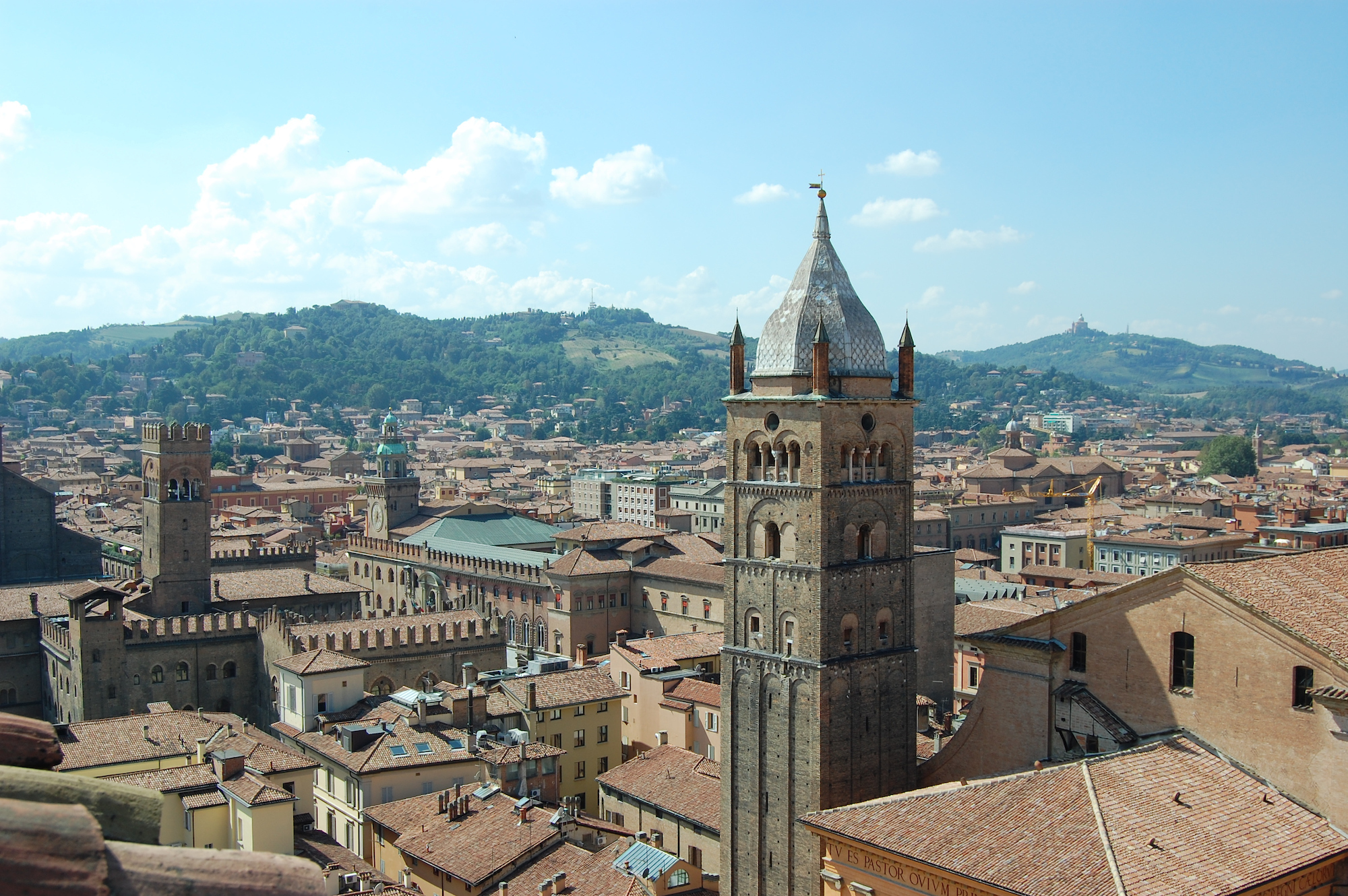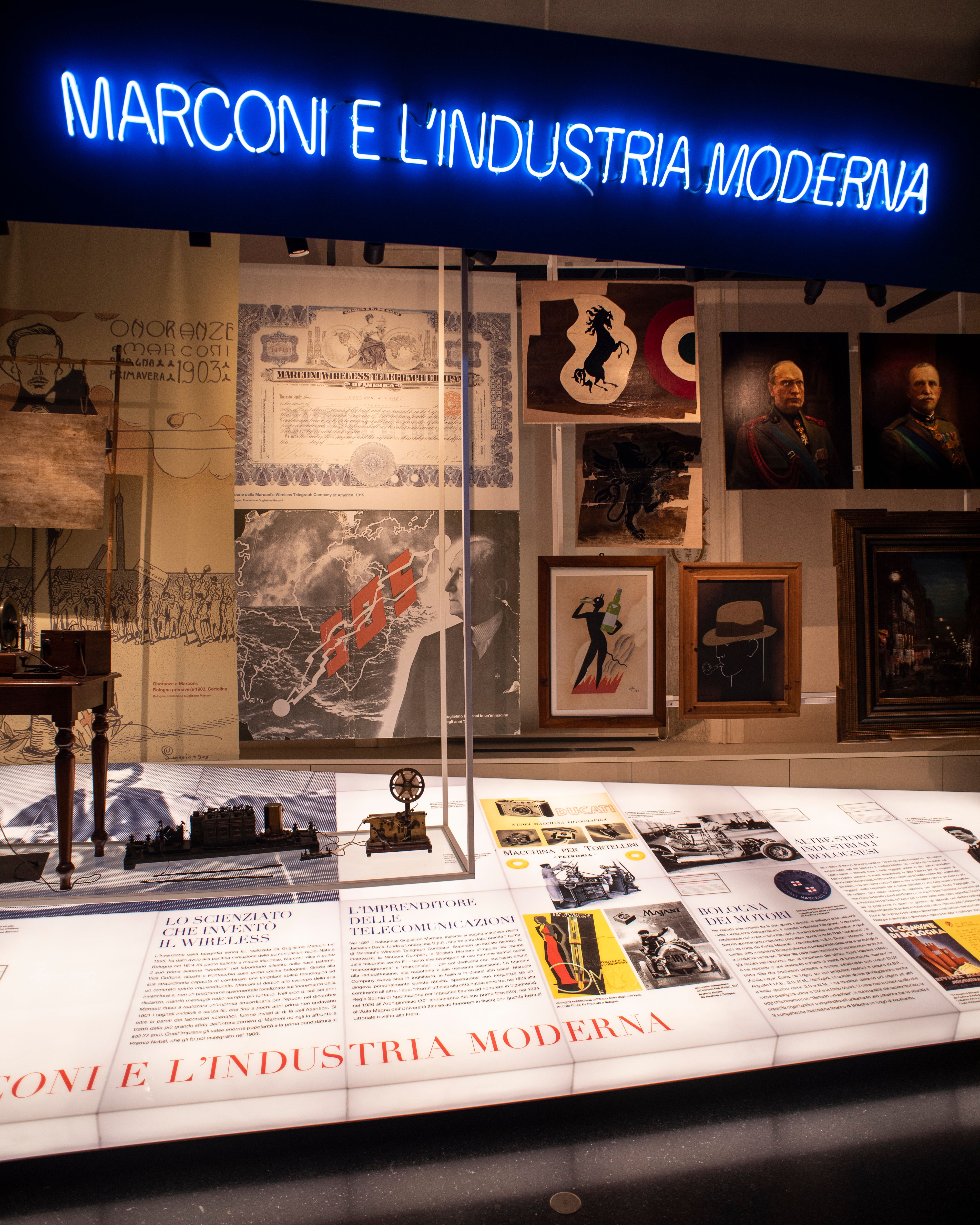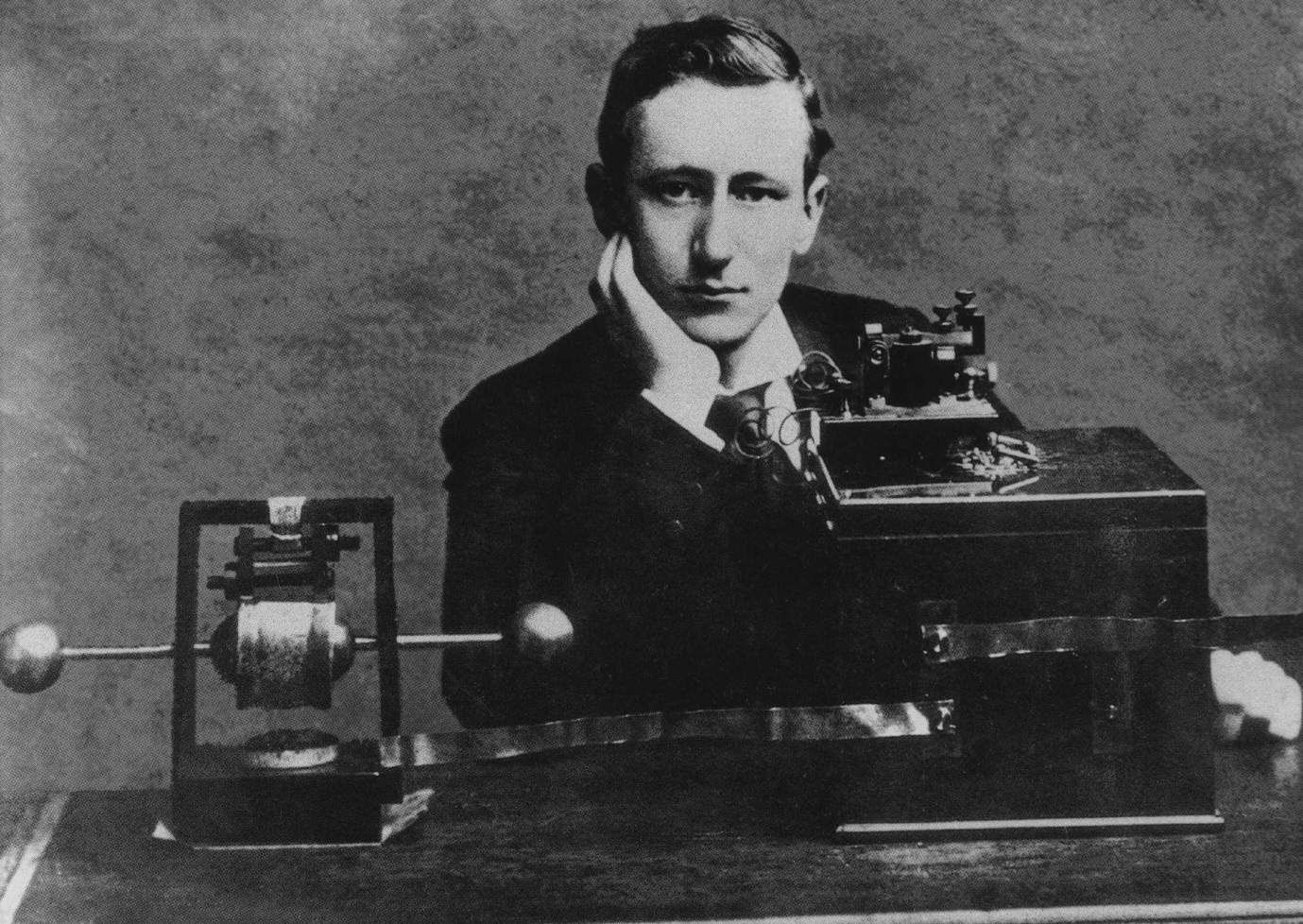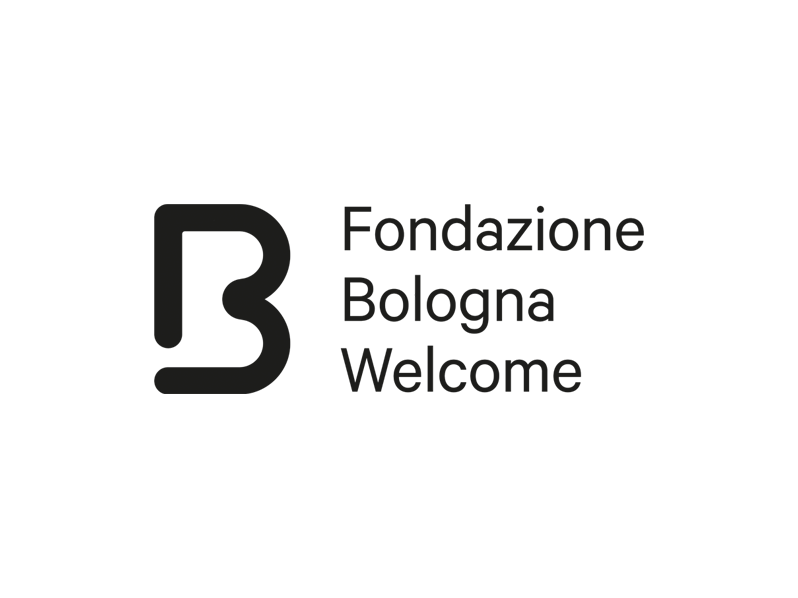Guglielmo Marconi: an Itinerary through the Genius’s Places
Updated on 21 November 2025 From Bologna Welcome
Inventor, entrepreneur, and politician, Guglielmo Marconi is one of the brightest minds born in Bologna. In 1909, he was awarded the Nobel Prize in Physics for “his contributions to the development of wireless telegraphy.” There are many places you can visit to retrace the life and inventions of this extraordinary pioneer of modernity.
Strolling through the center of Bologna, you can stop at the places that marked Marconi’s childhood and education.
In the heart of the city, a plaque on Palazzo Orlandini commemorates the house where he was born on April 25, 1874, not far from the Cathedral of San Pietro, where he was baptized. From here begins the story of a precocious talent, raised in a Bologna animated by great scientific and cultural vitality.
In the city, Marconi attended the School of Engineering Applications, housed in today’s State Archives, which many years later, in 1904, awarded him an honorary degree, during a ceremony in the Aula Magna of Palazzo Poggi. It was in these classrooms that the curiosity was born that would lead him to one of the greatest technological revolutions of the century.
Marconi also lived in Palazzo Orsi-Marconi and later in Palazzo Albergati, now a venue that hosts temporary exhibition throughout the year.
In 1896 he moved abroad, but he returned several times to Bologna for conferences and celebrations, such as the one in 1926 at the Archiginnasio, on the thirtieth anniversary of wireless telegraphy. Immediately afterward, he went to the Littoriale, today’s Renato Dall’Ara Stadium, to inaugurate the Bologna Fair. Moreover, on May 5, 1934, the scientist opened the activities of the Italian Radio Industry Congress at the Institute of Physics of the University of Bologna.

A few kilometers from Bologna, among the vineyards and hills of Pontecchio Marconi, stands Villa Griffone, the elegant residence of the Marconi family. It was here that the young inventor, barely twenty years old, set up his first laboratory for pioneering experiments: with a few handmade devices, he managed to transmit signals through the air, marking the beginning of the wireless communication era.
Today, the villa—perfectly preserved and surrounded by lush countryside—hosts the Marconi Museum, a multimedia exhibition that tells the story of the origins of radio and the scientific adventure of its inventor, featuring original instruments, reconstructions, and interactive installations. Also on the grounds is the Mausoleum of Guglielmo Marconi, designed by architect Marcello Piacentini in the 1940s, where the great scientist rests, surrounded by the peaceful landscape that witnessed his growth and experimentation.

The figure of Marconi also lives on in Bologna’s museums, which preserve instruments, devices, and documents related to his scientific work.
At the Museum of the History of Bologna, inside Palazzo Pepoli, the room called “Marconi and Modern Industry” is entirely dedicated to his contribution to the development of modern industry, featuring photographs, films, and original equipment.
At the Museum of Industrial Heritage, visitors can explore the environment of technical progress in which his insights took shape, while the G. Pelagalli Museum of Communication and Multimedia dedicates a hall to him, displaying rare original pieces “signed” by Marconi and Marconian memorabilia.
In this way, Bologna preserves not only the memory of a great scientist but also that of an era when curiosity and experimentation were transforming the world.

In 1937, Bologna bid farewell to one of its most illustrious citizens with solemn funeral rites in the Basilica of San Petronio. The coffin was later placed in the Certosa of Bologna, awaiting the construction of the mausoleum at Villa Griffone, where he now rests.
Today, even the main airport of Emilia-Romagna bears his name — Guglielmo Marconi Airport — as a reminder that his pioneering spirit continues to inspire journeys, discoveries, and connections.



